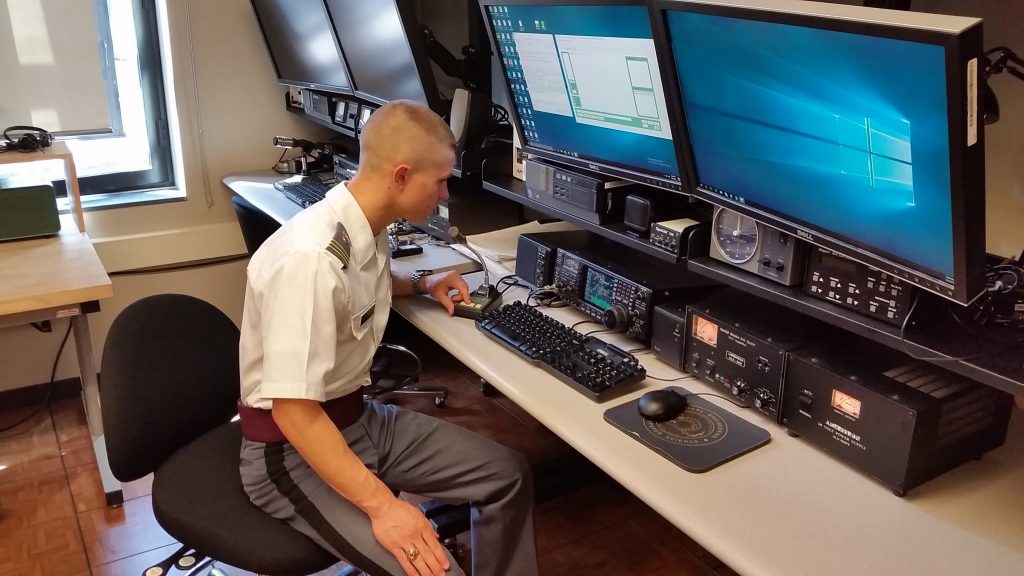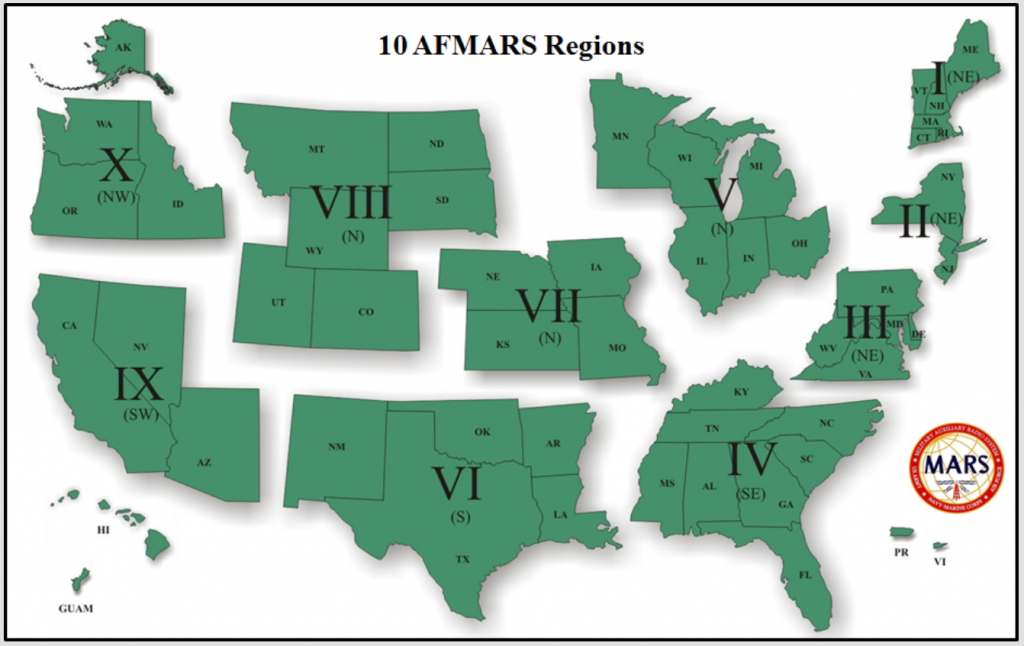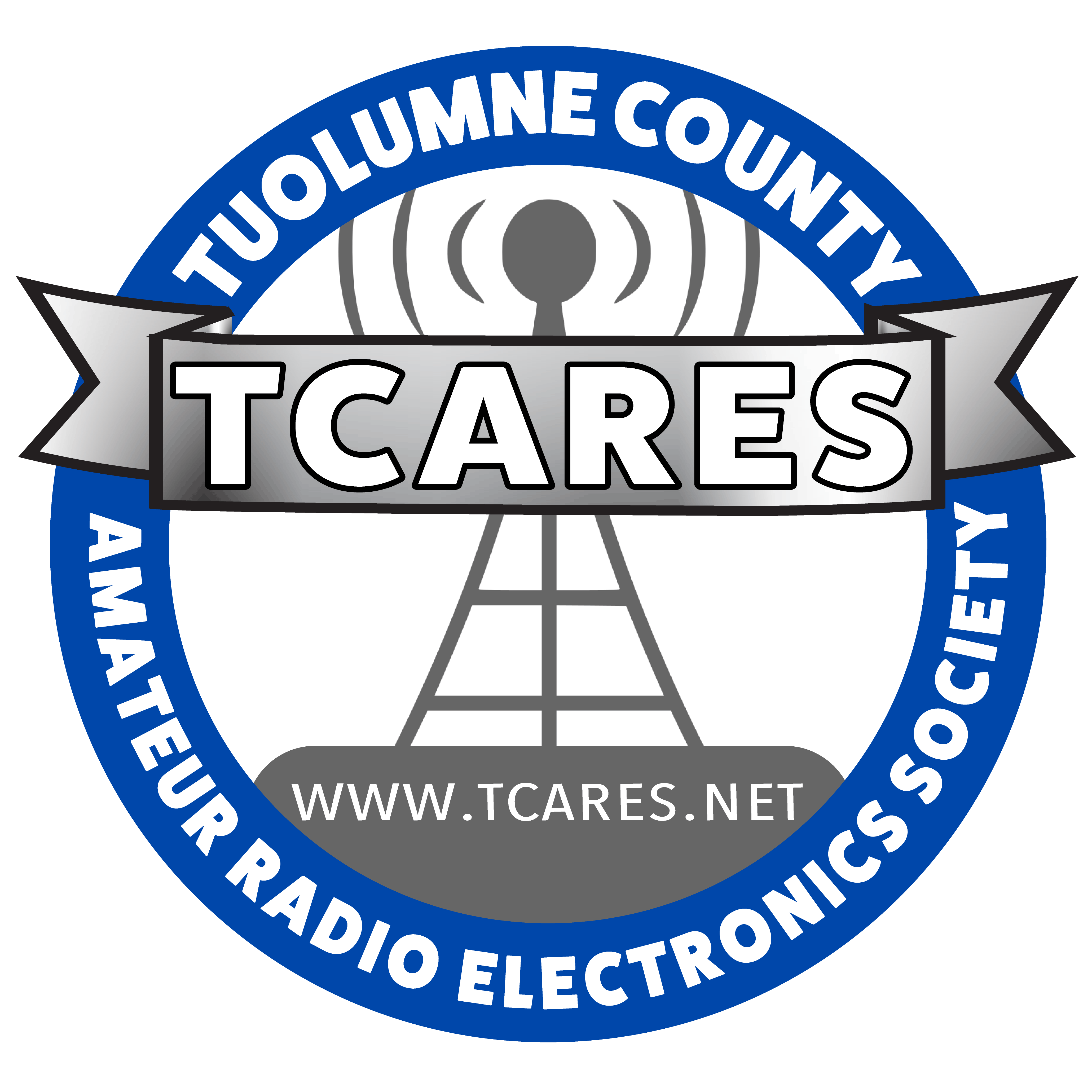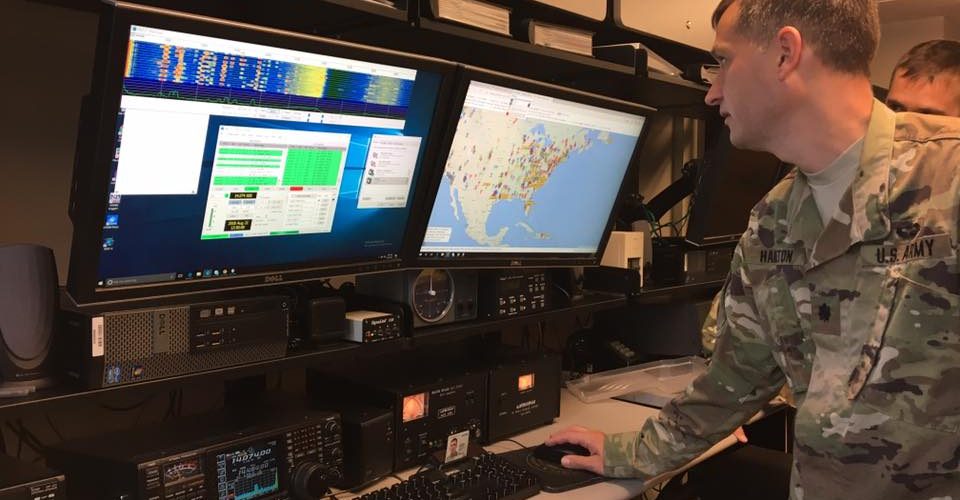02/03/2021
The Military Auxiliary Radio System (MARS) has announced dates in 2021 during which MARS members will operate on 60 meters for interoperability with the amateur radio community. Some dates coincide with quarterly Department of Defense Communications Exercises (COMEX).
All exercises will begin on channel 1 as the initial calling channel and move to other 60-meter working channels as may be appropriate.
“In addition to voice calls, I want to introduce passing ICS 213 messages in both voice and digital modes to enhance the overall interop experience,” said US Army MARS Chief Paul English, WD8DBY. “Our exercises will yield the frequencies to other scheduled exercises or mission activations, which may be called by other agencies for interop support (e.g., hurricane, wildfire, etc). We regularly instruct MARS members to work cooperatively with the amateur radio community during the use of the 60-meter interop channels. We will continue to track our 60-meter usage and activities.

February 23 – 27
Exercise: DOD COMEX 21-1
Location: CONUS
March 1 – 7
Exercise: Interop Outreach
Location CONUS
April 3 – 10
Exercise: Interop Outreach
Location CONUS
April 30 – May 6
Exercise: DOD COMEX 21-2
May 7 – 8
Exercise: Armed Forces Day Cross-Band Test
Location: CONUS
June 1 – 6
Exercise: Interop Outreach
Location CONUS
July 5 – 10
Exercise: Interop Outreach
Location CONUS
July 20 – 22
Exercise: DOD COMEX 21-3
Location: CONUS
August 2 – 8
Exercise: Interop Outreach
Location CONUS
September 1 – 6
Exercise: Interop Outreach
Location CONUS
October 1 – 31
Exercise: DOD COMEX 21-4
Location: CONUS

The organization ultimately experienced both success and failure. The Army Amateur Radio System succeeded in developing the proficiency of its radio operators as demonstrated by the support provided to local, state, and federal authorities during natural disaster relief efforts. However, on the eve of the United States’ entry into World War II, the Army Amateur Radio System’s membership was significantly underdeveloped in numbers to provide significant manpower to augment the Signal Corps’ mobilization for war.[3] The AARS organization continued to operate until the United States entry into World War II on 7 December 1941, at which time radio amateurs were denied the use of the airwaves, and the amateur service and the Army Amateur Radio System were deactivated. Following WWII, the US Army recognized the importance of reactivating the AARS to train vitally needed communications personnel at a relatively low direct cost to the government, and in 1946 the AARS was reactivated.
MARS Operator at Marine Corps Logistics Base Albany, 1983.
The AARS functioned as such until the creation of the Military Affiliate Radio System in November 1948 with the establishment of separate Army and Air Force MARS programs, reflecting the creation of the Air Force as a separate service. In 1948 Captain Robert L. Gabardy (K4TJ,[4] SK) selected the use of the acronym MARS, the Roman god of war, as a fitting name for the post-World War II rebirth of the AARS as the Military Amateur Radio System.[5] The program’s name was changed to the Military Affiliate Radio System on 2 September 1952, in recognition of the organization’s changing nature with the growing number of civilian volunteer members. Eventually, the Navy–Marine Corps MARS program was established officially on 17 August 1962, and began operations on 1 January 1963. This followed the Cuban Missile Crisis and President Kennedy’s concern for viable and extended communications capabilities.
During the Korean War, Vietnam War, Cold War and Gulf War, MARS was most known for its handling of “Marsgram” written messages and providing “phone patches” to allow overseas servicemen to contact their families at home.
The program’s name was changed again to the current Military Auxiliary Radio System on 23 December 2009.
A dispatch issued in May 2009 announced the shutdown of the Navy and Marine Corps MARS program by September 30, 2009.[6] However, Navy-Marine Corps MARS continued to function until September 30, 2015.
Department of Defense Instruction 4650.02, dated 23 December 2009 changed the status of MARS from an affiliate to an auxiliary (equal in status to the Coast Guard Auxiliary and Civil Air Patrol). This change in status saved the Navy-Marine Corps MARS program from being shut down[citation needed] and put it back in line with the Emergency Communications mission of its sister services (Army and Air Force MARS).

